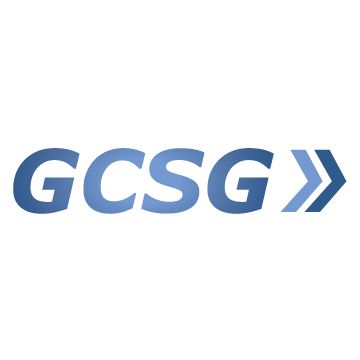Monday Compliance News - Around the World
/GCSG's Monday Compliance News is a compilation of some of the previous weeks interesting compliance news bites, from around the world, that we deliver every Monday morning.
Identity Fraud Cases Skyrocket in Netherlands - NLTimes.nl
"The number of reports about identity fraud in the Netherlands more than doubled last year, according to figures from the Identity Fraud Hotline." (Click here for the article) - Netherlands
How hackers made off with millions - Thomson Reuters
"It's been a little over a year since the New York Federal Reserve and the SWIFT international transaction system were breached in a cyber-attack that resulted in $81 million stolen from a Bangladesh central bank account - one of the biggest known bank thefts in history" (Click here for the article) - USA, Bangladesh
Report Faults Wells Fargo's Law Department in Sham-Accounts Scandal - Law.com
"The report, released Monday, was commissioned by Wells Fargo last year after the bank agreed to pay $185 million to settle accusations that employees opened as many as 2.2 million unauthorized accounts by transferring funds without customers consent from existing accounts." (Click here for the article) - USA
The money machine: how a high-profile corruption investigation fell apart - Guardian News and Media Limited or its affiliated companies
"The 2014 summit - much like David Cameron's highly publicized global Anti-Corruption Summit in 2016 - was intended to show Britain's determination to live up to its responsibilities. Instead, the case of the $23m collapsed within a year - when a British judge ruled that the SFO had built its case on 'conjecture and suspicion', and ordered the money returned to its owner." (Click here for the article) - Britain, Ukraine
North Korea oil imports, airline among possible US sanctions targets - Thomson Reuters
"...the Trump administration is focusing its North Korea strategy on tougher economic sanctions, possibly including an oil embargo, banning its airline, intercepting cargo ships and punishing Chinese banks doing business with Pyongyang..." (Click here for the article) - USA, North Korea, China
How one of the world's biggest oil firms secured a $1.3 billion deal mired in corruption allegations - BuzzFeed
"On the evening of 17 February 2016...the chief executive of oil giant Shell, picked up his phone...The topic of their conversation: a 'dawn raid' on the company's headquarters earlier that day by Dutch police investigating a controversial $1.3 billion Nigerian oil deal struck five years previously." (Click here for the article) - Netherlands, Italy, Nigeria
Trump considers trade order that could lead to duties - CNBC
"U.S. President Donald Trump is considering an executive order to launch a trade investigation that could lead to supplemental duties in certain product categories..." (Click here for the article) - USA


